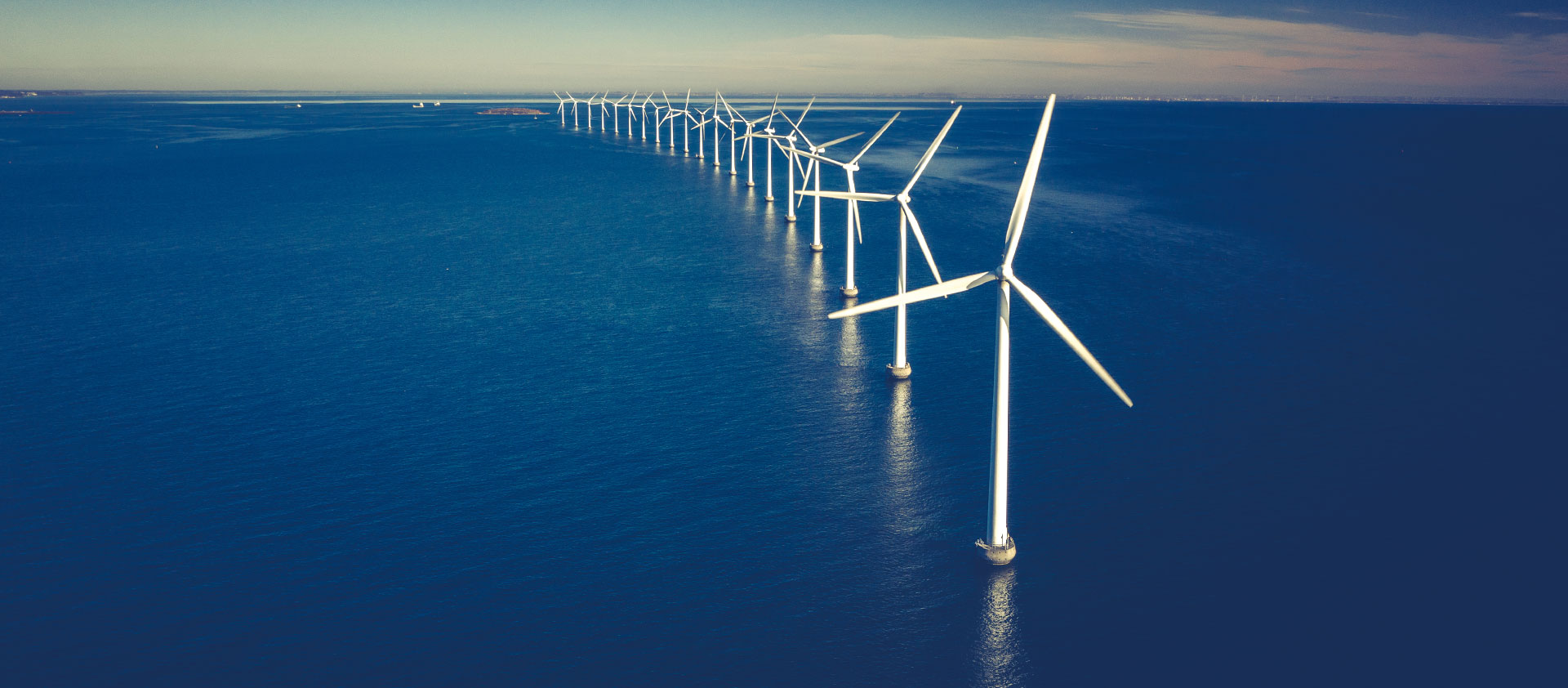CEF in the media
AER AGL Aluminium Batteries Battery Budget BYD CATL CBAM China Coal Critical minerals Decarbonisation Diesel DMO Election Electric Vehicle Electricity/electrification electrostate Energy crisis Federal Election Finance Sector & Emissions Gas Green Iron/Steel Hydrogen India & Adani Methane Nuclear offshore wind Oil OP EDS Peter Dutton Podcasts Renewables Solar Tariff Taxes and subsidies US IRA/EU NZIA et al Wind
Australia could be a green iron superpower but needs to get into the race
Sky News
PODCAST | Tim & Grant McDowell on Spark Club: CEF’s new report, Green Metal Statecraft, Forging an Australian Green Iron Industry
Spark Club Podcast
Economic ‘tsunami’ threatening to overwhelm Australia after Donald Trump’s election win
News Corp papers
Xinhua | China leads decarbonization through international cooperation: expert
___
Business Upturn | China’s global decarbonization drive: leading the renewable energy revolution
___
OP ED | Urgent case for statecraft on green iron and steel to secure Australia’s future prosperity
Pearls & Irritations
Australian Mining Monthly | Australia needs to adopt green iron or else
___
Australia Must Pivot to Green Iron
Sky News
Energy & Resources Knowledge Hub | Australia’s iron ore future hinges on green transition, report warns
___
Green iron export bonanza: invest or look like ‘morons’
Canberra Times
Australia may lose $45 bln amid green steel rush, report says
Reuters
Investment in firmed renewables a key to securing domestic green iron production
PV Magazine
